There are a few steps you can follow to fertilize your raised garden bed:
-
Test your soil: The first step in fertilizing your raised garden bed is to test the soil to determine its nutrient levels and pH. This will help you determine the types and amounts of fertilizers that your plants need. You can purchase a soil test kit at a gardening store or online, or you can send a soil sample to a soil testing laboratory.
-
Choose the right fertilizers: Based on the results of your soil test, choose the appropriate fertilizers for your plants. There are many types of fertilizers available, including organic fertilizers (such as compost, manures, and bone meal) and synthetic fertilizers (such as ammonium nitrate and urea). Choose fertilizers that are formulated for the specific needs of your plants and that are appropriate for the pH of your soil.
-
Apply the fertilizers according to the label instructions: Follow the instructions on the fertilizer label carefully when applying the fertilizers to your garden bed. Different fertilizers may have different application rates and precautions, so it is important to follow the instructions carefully.
-
Water the soil after fertilizing: Water the soil well after applying the fertilizers to help them dissolve and become available to the plants.
-
Monitor the plants and soil: Regularly monitor the growth and health of your plants and the condition of the soil. If the plants show signs of nutrient deficiencies or excesses, adjust the fertilization program accordingly.
Be careful of overwatering and large rainfall events. Overwatering: Overwatering is one of the most common causes of leaching in pots. When pots are watered too frequently or too heavily, the excess water can wash away nutrients and other substances from the soil, leaving the plants with fewer resources to grow and thrive.




Share and get 15% off!
Simply share this product on one of the following social networks and you will unlock 15% off!